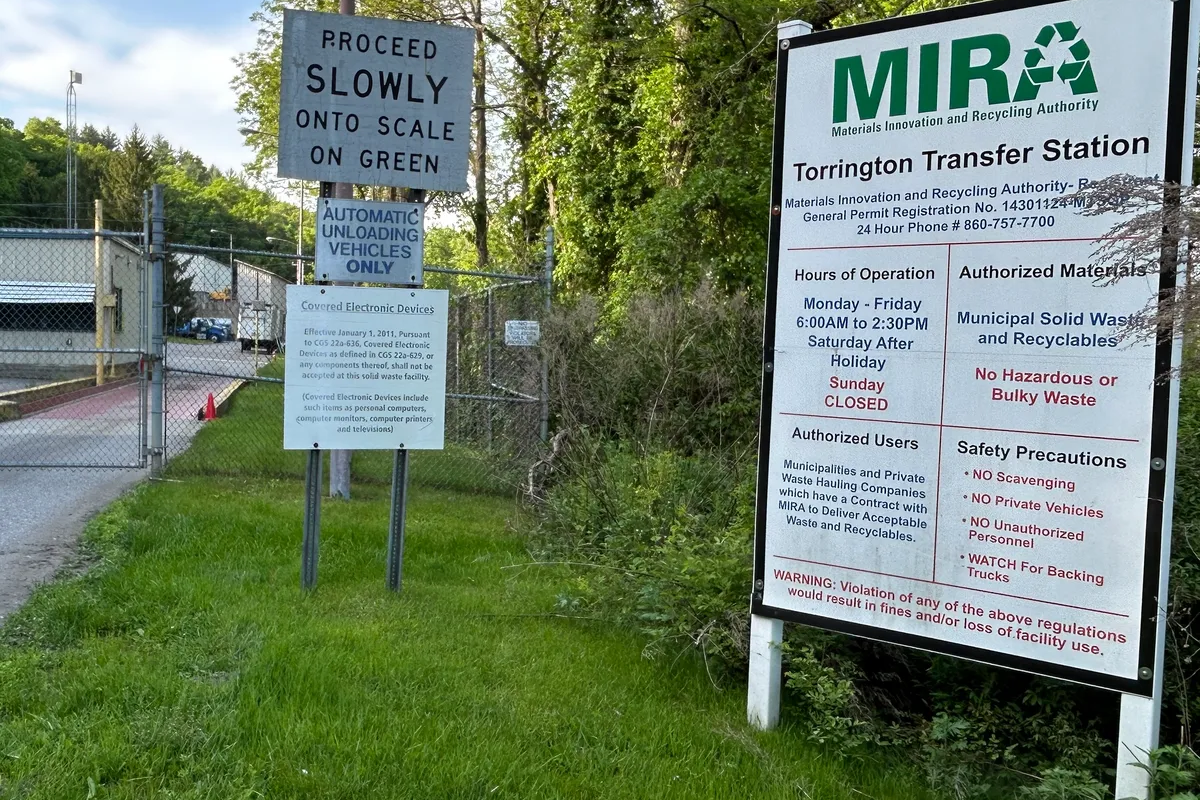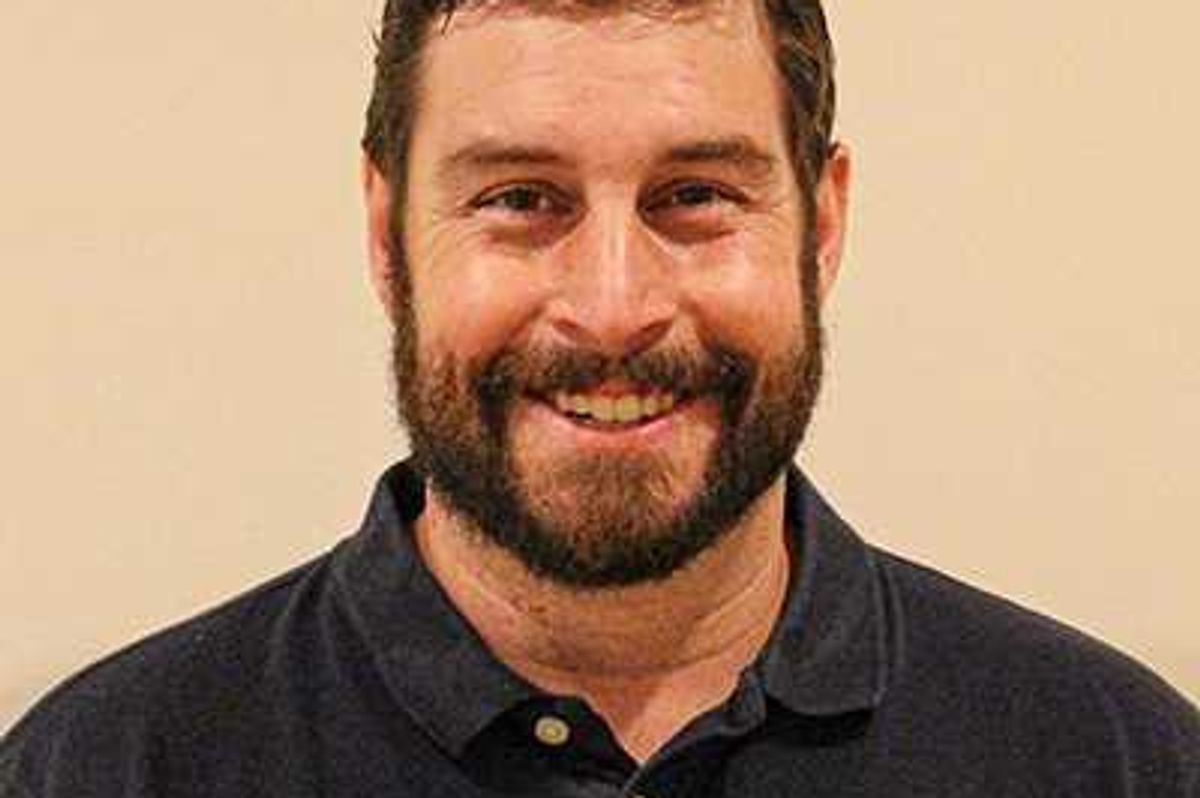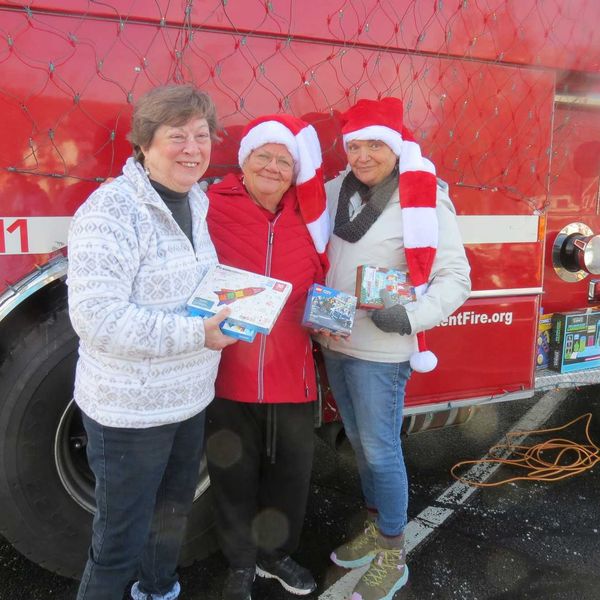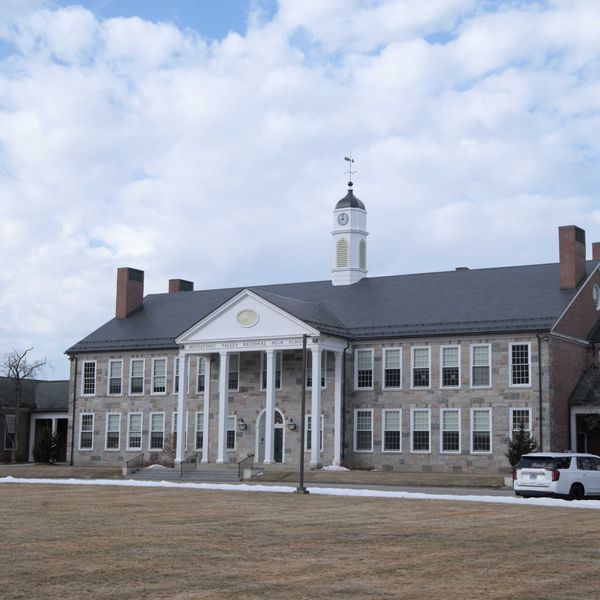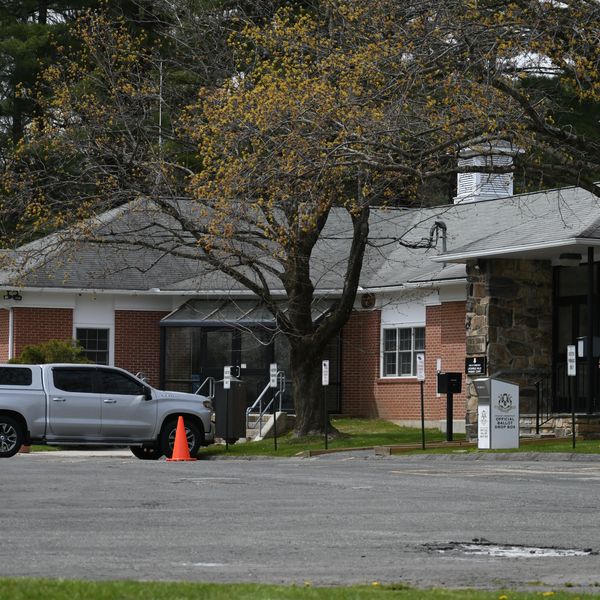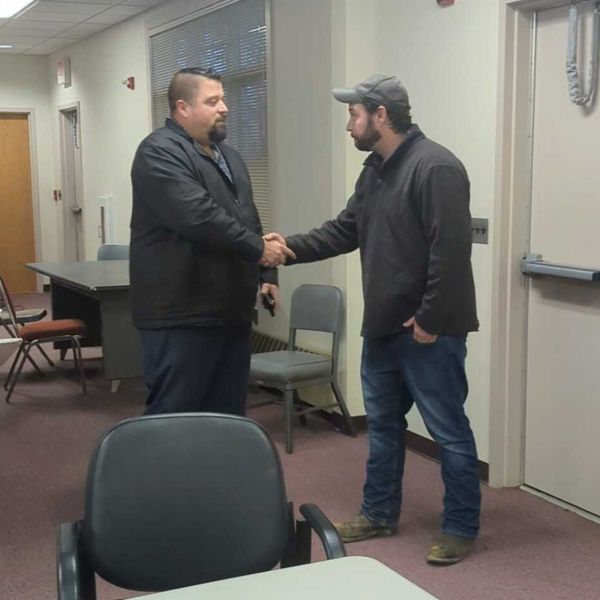Legislative Roundtable stresses strain on homeless shelters, food banks in Northwest Corner
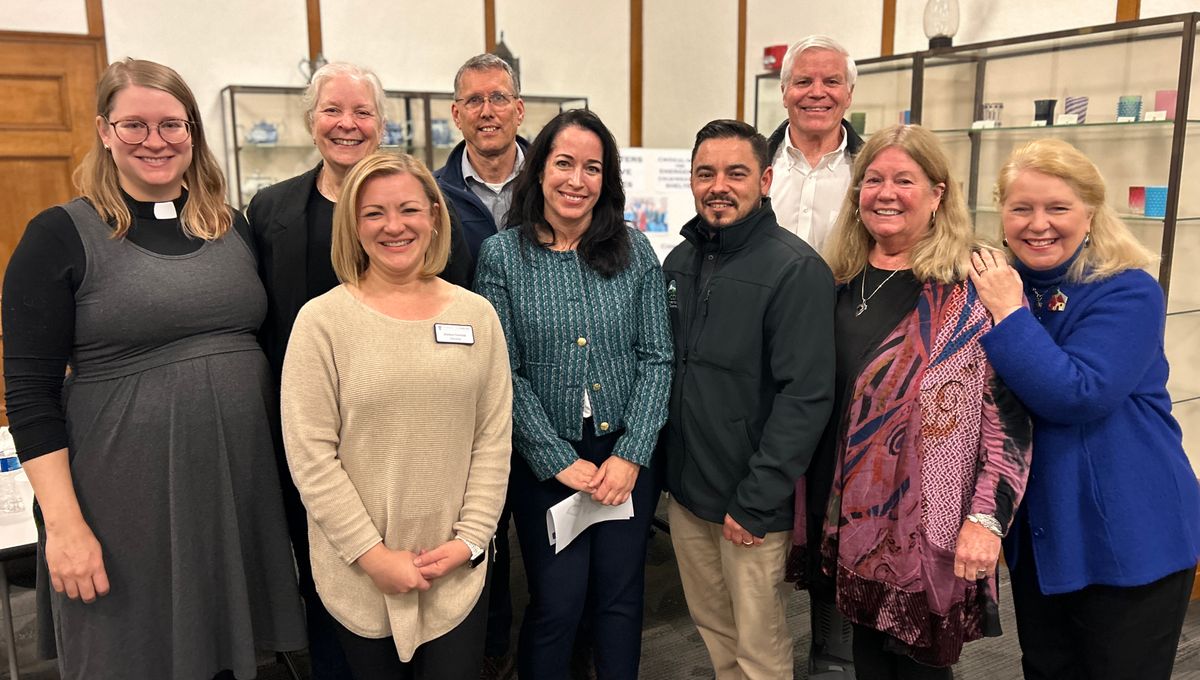
Front left: Jessica Gueniat, Torrington Library director; Sarah Fox, CCEH CEO; Leonardo Ghio, Northwest Hills Council of Governments; Nancy Cannavo, director Gathering Place/New Beginnings; Deirdre DiCara, executive director of FISH/Friends in Service to Humanity of Northwestern CT. Back left: The Rev. Carrie Combs of Trinity Episcopal Church; Julie Scharnberg, NWCT Community Foundation; Greg Brisco, executive director of YMCA NWCT; David Rich, The Housing Collective.
Jennifer Almquist

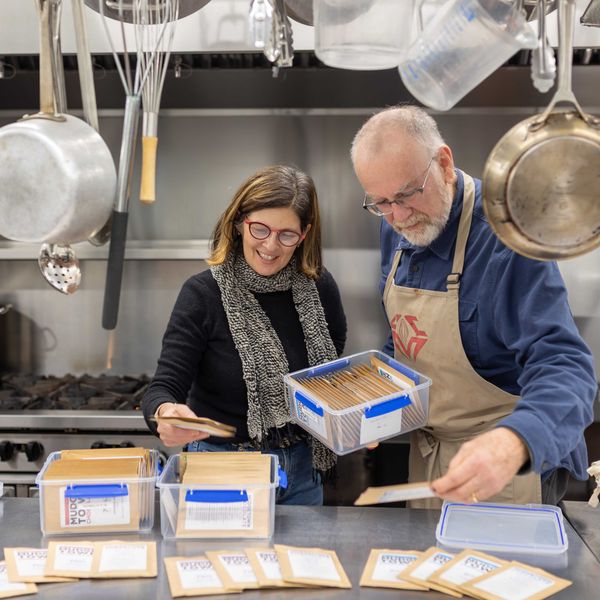
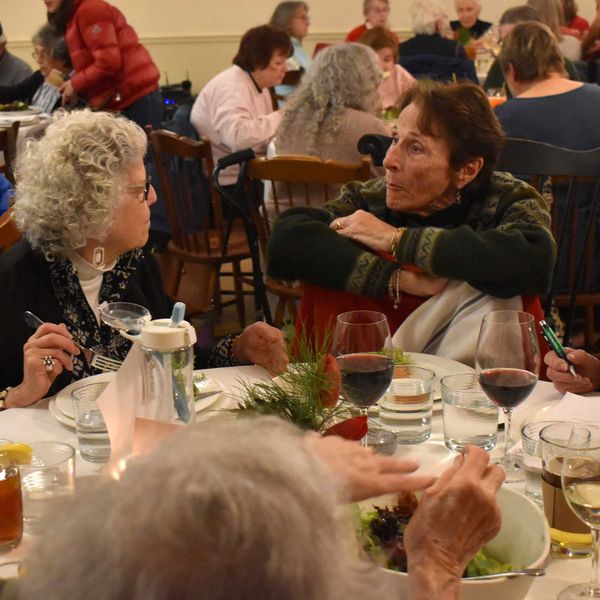
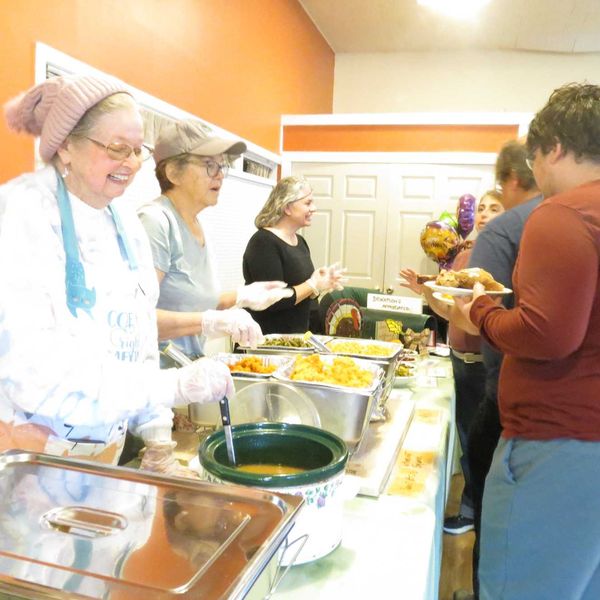
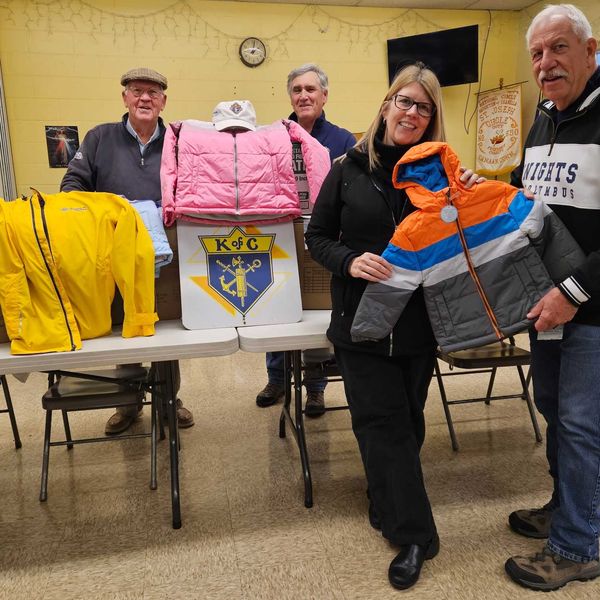
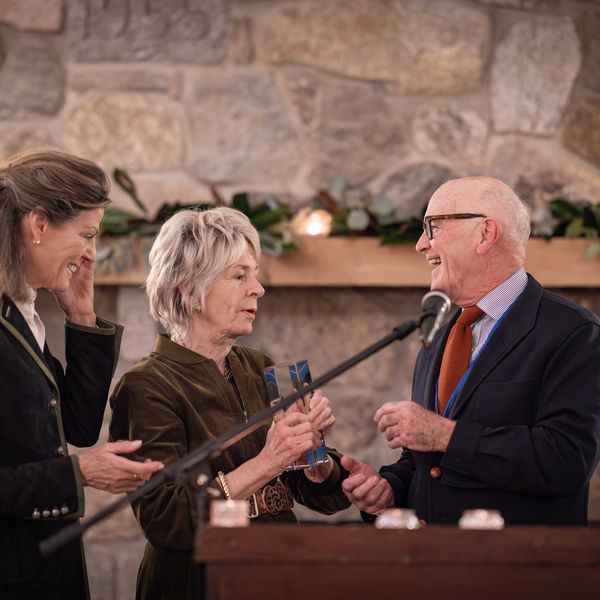
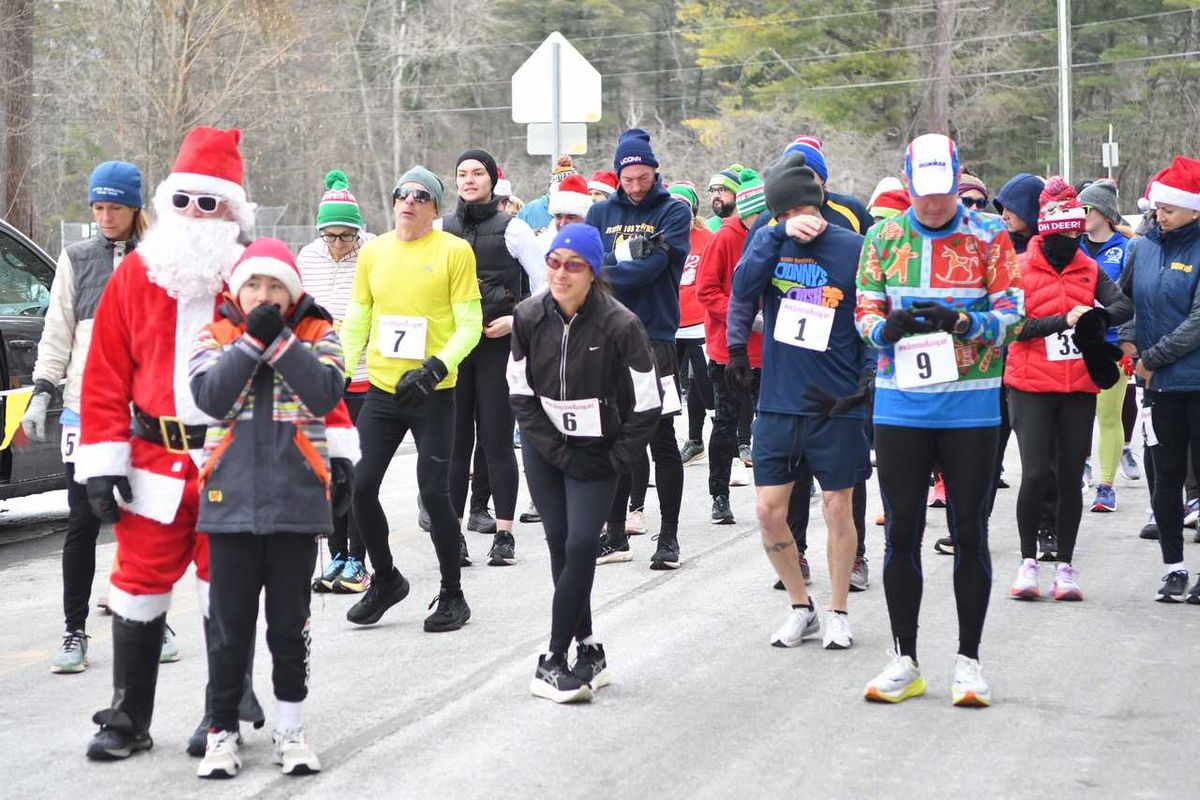
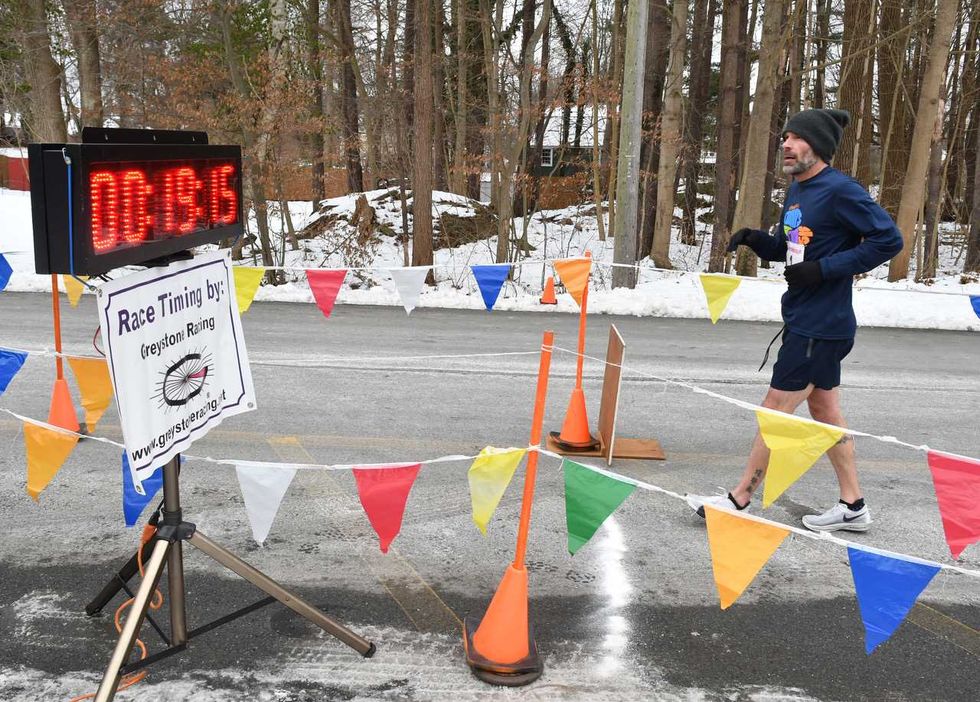 Michael Mills of Goshen crosses the finish line to win the 5th Annual North Canaan Santa Chase 5K on Saturday, Dec. 13, ByJohn Coston
Michael Mills of Goshen crosses the finish line to win the 5th Annual North Canaan Santa Chase 5K on Saturday, Dec. 13, ByJohn Coston 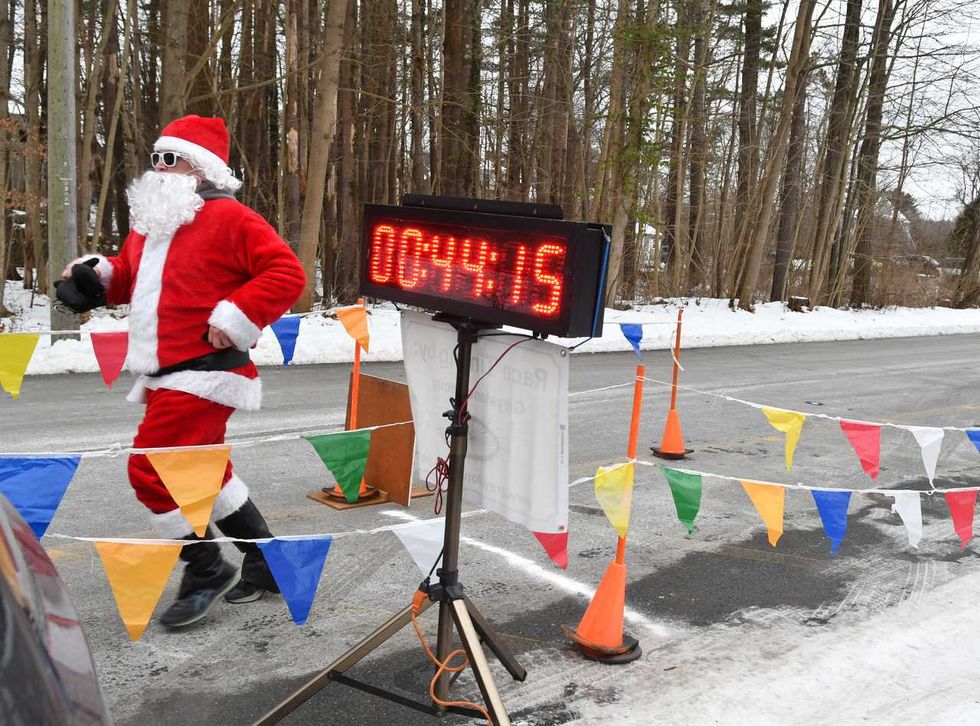 Santa crosses the finish line at the 5th Annual North Canaan Santa Chase 5K By John Coston
Santa crosses the finish line at the 5th Annual North Canaan Santa Chase 5K By John Coston 